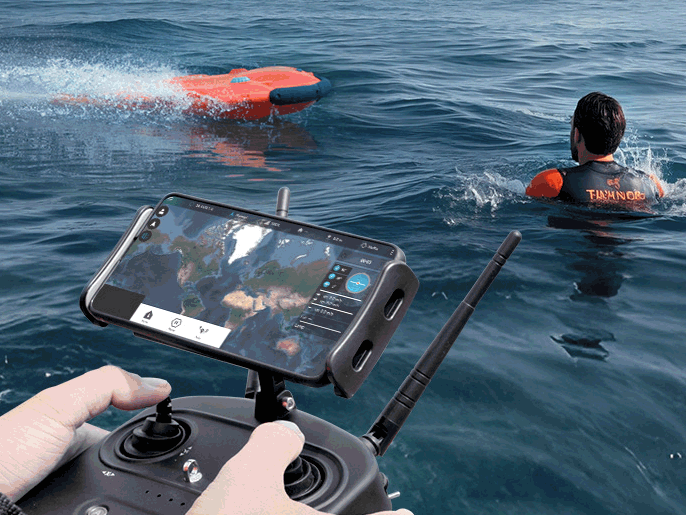一、水面遥控救援机器人 操作员的基本素质要求
作为水面遥控救援机器人操作员,首先需具备良好的身体素质和心理素质。操作员应无严重心血管疾病、恐水症或晕动症等影响水上作业的健康问题。同时,应具备较强的责任心、冷静的应急反应能力以及团队协作意识。具备基础的游泳能力(至少能连续游泳200米)和水域安全知识是基本前提。此外,操作员需通过基础急救培训(如CPR心肺复苏术),确保在救援过程中能为落水者提供初步救助。
二、水面遥控救援机器人 操作员的理论知识考核
理论考核内容涵盖水面遥控救援机器人的结构原理、功能特点、适用环境、安全操作规程及日常维护知识。操作员需掌握设备的遥控距离、续航时间、最大载重、抗风浪等级等核心参数,并能准确判断不同水域环境(如湖泊、河流、近海)下的操作策略。同时,需熟悉相关法律法规,如水上救援操作规范、无人机/遥控设备使用规定等,确保救援行为合法合规。
三、水面遥控救援机器人 操作员的实操技能考核
实操考核分为基础操控与应急救援两部分。基础操控包括设备启动、水面直线航行、转向控制、精准靠岸、遥控回收等。应急救援部分模拟真实落水场景,要求操作员在规定时间内操控水面遥控救援机器人快速抵达目标位置,稳定靠近模拟落水者,并成功实施拖带返回。考核中将评估操作的稳定性、响应速度、路径规划合理性及人机协同能力。
四、水面遥控救援机器人 操作员的应急反应与团队协作考核
在复杂水域或多人落水情况下,操作员需展现良好的应急判断力。考核将设置突发状况,如信号干扰、设备偏航、二次落水等,检验操作员的临场应变能力。同时,要求操作员能与岸上指挥、其他救援人员有效沟通,协同完成救援任务,体现团队作战能力。
五、水面遥控救援机器人 操作员的定期复训与资质管理
操作员须持证上岗,初始培训考核合格后颁发“水面遥控救援机器人操作资格证”,有效期两年。期间需每年参加一次复训,每两年进行一次综合考核。若发生重大操作失误或设备事故,将暂停或取消操作资格,确保救援队伍的专业性与安全性。
=== Water Surface Remote-Controlled Rescue Robot Operator Assessment Standards
-
Basic Qualifications for Water Surface Remote-Controlled Rescue Robot Operators
Operators of water surface remote-controlled rescue robots must first possess good physical and mental health. They should not suffer from serious cardiovascular diseases, aquaphobia, or motion sickness that could impair their ability to perform water-based operations. Additionally, they must demonstrate strong responsibility, calm emergency response capabilities, and teamwork awareness. Basic swimming proficiency (able to swim at least 200 meters continuously) and fundamental water safety knowledge are essential prerequisites. Furthermore, operators must complete basic first-aid training (e.g., CPR) to provide initial assistance to victims during rescue operations. -
Theoretical Knowledge Assessment for Water Surface Remote-Controlled Rescue Robot Operators
The theoretical assessment covers the structural principles, functional features, applicable environments, safety operation procedures, and routine maintenance knowledge of water surface remote-controlled rescue robots. Operators must understand core technical specifications such as remote-control range, battery endurance, maximum load capacity, and resistance to wind and waves. They should be able to accurately determine operational strategies in different aquatic environments (e.g., lakes, rivers, nearshore seas). Additionally, familiarity with relevant laws and regulations—such as water rescue operation standards and rules for using remote-controlled devices—is required to ensure legal and compliant rescue actions. -
Practical Skills Assessment for Water Surface Remote-Controlled Rescue Robot Operators
The practical assessment consists of two parts: basic operation and emergency rescue. Basic operation includes device startup, straight-line navigation, turning control, precise docking, and remote retrieval. The emergency rescue segment simulates real-life drowning scenarios, requiring operators to quickly maneuver the water surface remote-controlled rescue robot to the target location within a specified time, steadily approach a simulated victim, and successfully perform a tow-back operation. Performance will be evaluated based on operational stability, response speed, route planning efficiency, and human-machine coordination.



-
Emergency Response and Teamwork Assessment for Water Surface Remote-Controlled Rescue Robot Operators
In complex water conditions or multiple-victim scenarios, operators must demonstrate sound emergency judgment. The assessment will include unexpected situations such as signal interference, deviation from course, or secondary drowning incidents, testing the operator’s ability to respond under pressure. Operators must also effectively communicate with onshore command personnel and other rescuers, coordinating efforts to complete rescue missions and demonstrating strong teamwork capabilities. -
Regular Recertification and Qualification Management for Water Surface Remote-Controlled Rescue Robot Operators
Operators must work with valid certification. After passing initial training and assessment, they will receive a “Water Surface Remote-Controlled Rescue Robot Operator Certificate” valid for two years. During this period, annual refresher training is required, and a comprehensive reassessment is conducted every two years. In cases of major operational errors or equipment incidents, certification may be suspended or revoked, ensuring the professionalism and safety of the rescue team.
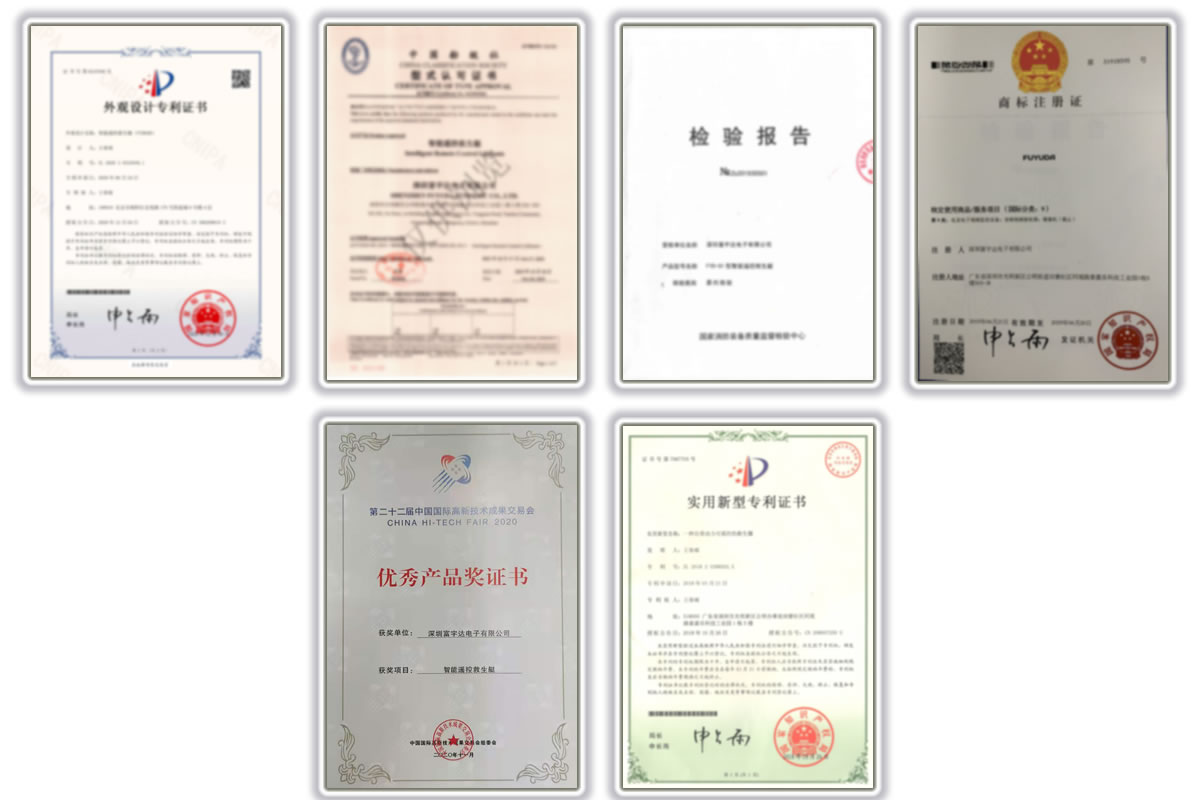









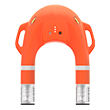
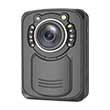
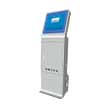
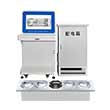

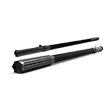
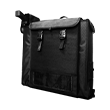




 当前位置:
当前位置:



